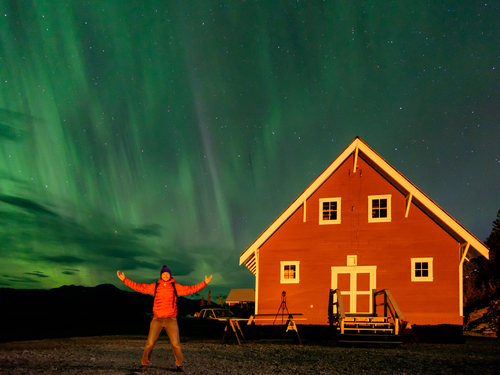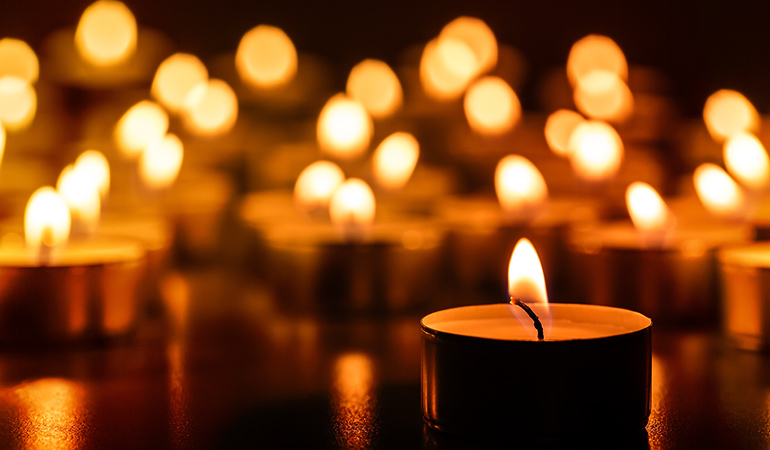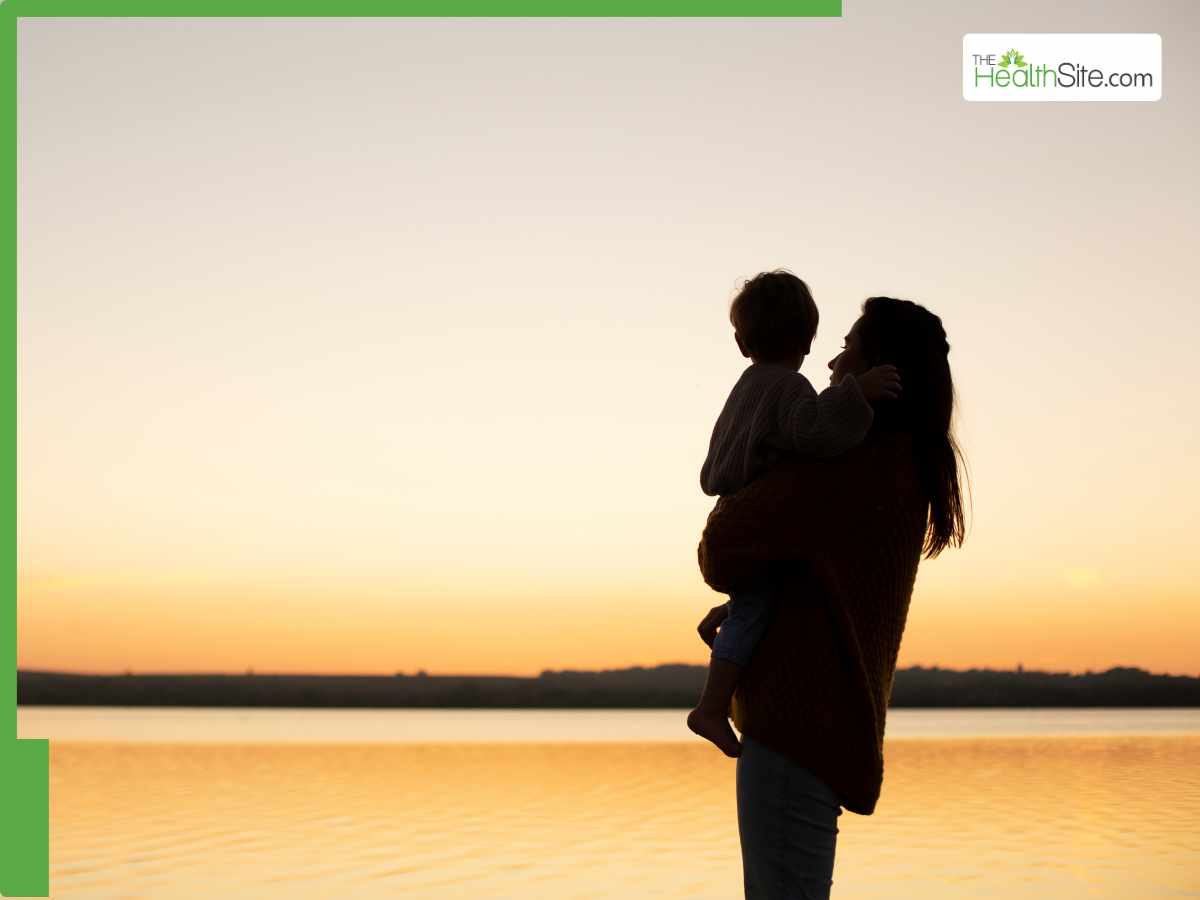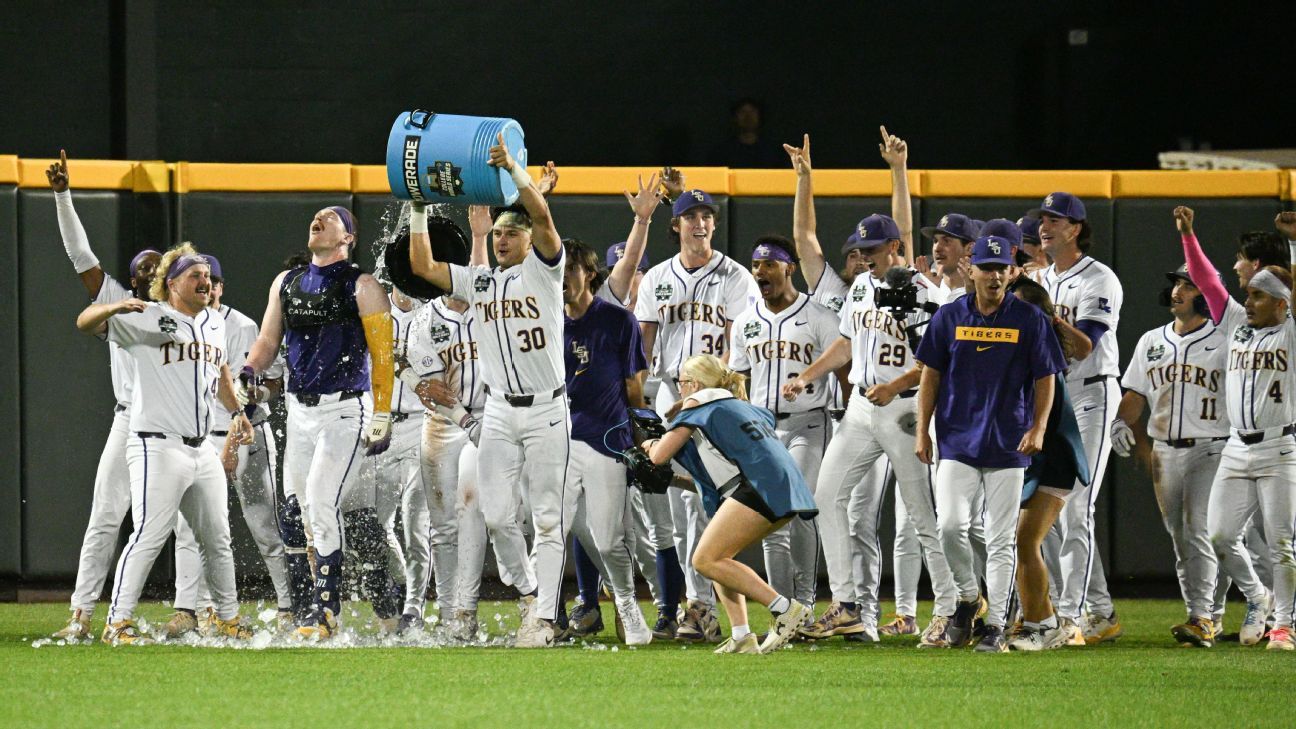If you’re traveling to Iceland hoping to see the northern lights, you’re not alone — but showing up isn’t enough. The aurora borealis is famously unpredictable. It can appear in the middle of the night, vanish in minutes, and often looks faint or even invisible to the naked eye. That’s why some hotels in Iceland have started offering a simple but effective solution: an aurora wake-up call. If the lights show up while you’re asleep, the front desk calls your room or knocks on your door so you don’t miss them. This kind of service is more than a novelty. It’s a practical fix to a common problem: people traveling halfway across the world only to miss the very thing they came to see.

The Practical Magic of an Aurora Wake-Up Call
Catching the northern lights isn’t just about traveling to Iceland during the right season — it’s about being awake at the precise moment the auroras appear, which can happen unexpectedly and in the middle of the night. That’s why several hotels in Iceland, including Hotel Rangá in the south and Hotel Húsafell in the west, have introduced an Aurora Wake-Up Call service. This system allows guests to opt in by notifying the front desk or, in some cases, pressing a dedicated “Aurora Wake-Up” button on the in-room phone. If northern lights are spotted during the night, hotel staff will call registered guests’ rooms to alert them. And they don’t stop at a missed call — if a guest doesn’t pick up, staff will knock on the door to ensure they don’t miss the rare opportunity. The process is simple, but the impact is significant, especially for travelers battling jet lag or unfamiliar sleep schedules.
This isn’t just a charming perk; it’s a practical response to the reality of aurora viewing. Northern lights are highly unpredictable — they may flash for just a few seconds or dance across the sky for hours. As Eyrún Aníta Gylfadóttir, marketing manager at Hotel Rangá, explains, visibility can change rapidly: “They might have been visible when the night guard made the decision to start the wake-up call but had then faded by the time our guest came outside.” In other words, the timing is tight. Without the call, many visitors would likely sleep through one of the key reasons they traveled to Iceland in the first place. The wake-up system acts as a safety net, especially when people are asleep or don’t have the energy to monitor prediction apps throughout the night.
The effectiveness of this service lies in how well it fits the needs of aurora-seeking travelers. It removes the guesswork and allows people to rest without fear of missing the lights. When the auroras do appear, all they need to do is get dressed and step outside. It’s a low-effort, high-reward setup that increases the odds of a memorable experience — and for many guests, it makes all the difference between going home with or without a bucket-list memory.
Why You Sometimes See the Lights Better Through Your Camera
Seeing the northern lights in person can be less dramatic than expected — especially for first-time viewers. Depending on solar activity and cloud cover, the lights might appear as faint grayish streaks in the sky, barely distinguishable from thin clouds. But take out your phone, switch to a long-exposure setting, and suddenly those dull streaks become vivid waves of green and purple. That difference isn’t a trick — it’s how light, vision, and camera sensors interact in low light conditions.
As explained by Hotel Rangá’s marketing manager, Eyrún Aníta Gylfadóttir, “When solar activity is low, cameras can pick up northern lights that are less visible to the human eye. Using a long exposure on the camera allows more light into the lens, making them visible on the photo.” This is because camera sensors are designed to absorb and accumulate light over time, revealing colors and details that our eyes may miss in real time. In contrast, human vision is more limited in the dark, relying heavily on peripheral detection and less on color differentiation under low light.
That’s why aurora chasers are often encouraged to use long-exposure photography, especially on cloudy or low-activity nights. It’s also a helpful way to verify if what you’re seeing is, in fact, the aurora — or just moonlit clouds. On high-activity nights, the lights can be unmistakable even without a camera, visible as vibrant ribbons across the sky. But on quieter nights, your phone might catch what your eyes can’t.
Knowing this in advance helps set realistic expectations. If you step outside and see only faint movement overhead, it doesn’t necessarily mean you’ve missed the show. Pull out your phone, slow down the shutter speed, and you might be surprised at what appears on screen. It’s not a photographic illusion — it’s a practical way to make the invisible visible.

Why Where You Stay Matters More Than You Think
Seeing the northern lights isn’t just about going to Iceland — it’s about where in Iceland you stay. Many travelers assume that once they’re in the country, aurora viewing is guaranteed. In reality, location plays a major role in whether you’ll actually see the lights. Remote hotels like Hotel Rangá in southern Iceland and Hotel Húsafell in the west are intentionally built far from city lights and on higher ground, where there’s less cloud interference and minimal light pollution. These aren’t random scenic spots — they’re chosen for very specific environmental advantages that increase the odds of aurora visibility.
Light pollution is a major factor. Even relatively small towns in Iceland can emit enough ambient light to wash out the sky, making it harder to see auroral activity. By contrast, locations like Rangá — which is several miles from the nearest town — allow for much darker skies. When your surroundings are naturally dim, even weaker auroras can stand out. And when solar activity is high, the full range of color and motion is far more vivid in these low-light conditions. That’s one reason hotels in urban centers may offer “northern lights tours” to more remote areas: the city simply isn’t ideal for viewing.
Weather also matters. Iceland’s notoriously fast-changing weather means cloud cover can block even strong auroras. That’s where regional microclimates come into play. Hotel Húsafell, for example, is located near Iceland’s second-largest glacier, Langjökull. The geography around the glacier often disrupts and disperses cloud formations, creating more frequent clearings in the sky — especially during the colder months. As Áslaug Ragnhildardóttir of Hotel Húsafell points out, the clouds “break” often in that area, which gives guests a better shot at clear skies even when other parts of the country are overcast.
These location advantages are not just helpful — they’re strategic. Hotels that market themselves as aurora destinations aren’t just offering a nice view; they’re offering positioning that directly affects the probability of seeing the lights. That’s also reflected in their pricing and bundled packages. Hotels like Rangá offer multi-night stays designed around aurora hunting, complete with thermal hot tubs and open viewing spaces that make it easier to stay outside longer without freezing. It’s not just about seeing the lights — it’s about having the best possible conditions to experience them.
Practical Tips to Improve Your Chances
Seeing the northern lights takes more than luck — it takes preparation. While no one can guarantee an aurora sighting, there are several things travelers can do to increase their chances. First, timing matters. The aurora season in Iceland typically runs from early September through mid-April, with the darkest skies and longest nights between November and February. These months give you the most viewing hours per night, though they also come with colder weather and shorter daylight hours for sightseeing. You don’t need total darkness — but the darker the sky, the better your chances.
Stay for more than one night in a remote area. Many people try to see the northern lights during a quick overnight trip from Reykjavík, only to leave disappointed. A better approach is to book at least three to four nights in a remote hotel like Hotel Rangá or Hotel Húsafell. This gives you more opportunities to catch a break in the weather or a sudden spike in solar activity. Both hotels also offer bundled packages aimed specifically at aurora seekers, including outdoor viewing areas and geothermal hot tubs where you can stay warm while watching the sky.

Use the tools available. Prediction apps like “My Aurora Forecast” or websites like Iceland at Night can give you a rough estimate of solar activity and cloud cover, but even the best forecasts are still based on rapidly changing conditions. That’s why opting into an aurora wake-up service can be the most reliable safety net — it means someone else is watching the sky while you sleep. Just make sure to double-check that your hotel offers the service and that you’ve signed up at reception or pressed the in-room wake-up button.
Prepare your camera settings before you go outside. If you’re relying on your smartphone, enable manual or “pro” mode and slow the shutter speed down to at least 10–15 seconds. This allows your phone’s sensor to gather enough light to reveal the colors and shapes in the sky. If you’re using a DSLR or mirrorless camera, bring a tripod to avoid blur from hand movement. And don’t expect every photo to look like a postcard — capturing the lights takes patience, especially when they’re faint.
Finally, manage your expectations. Not every aurora display is a dramatic explosion of color. Some are subtle and brief. If you step outside and think you see shifting gray clouds, take a photo before walking away. You might be surprised by what your camera shows. The northern lights don’t follow a script — but with the right prep, you give yourself the best shot at catching them.

A Simple System That Makes a Once-in-a-Lifetime Moment Possible
The northern lights are one of the few natural phenomena that still feel unpredictable, and that’s part of their appeal. But relying solely on luck is a common mistake travelers make — especially when they underestimate how quickly conditions can shift or how easily the lights can appear and vanish without notice. What Icelandic hotels like Rangá and Húsafell have done is remove as much uncertainty as possible, not through complicated tech or high-cost add-ons, but through a system that’s remarkably simple: if the auroras appear, you get a wake-up call.
That single feature turns what could be a missed opportunity into a real experience. You don’t have to check your phone every 20 minutes, guess at cloud patterns, or worry that you’ve come all this way only to sleep through the moment you’ve been waiting for. You just press a button or sign up at the desk, and let the staff handle the rest. It’s not flashy, but it works — and for many travelers, it’s the difference between going home with a story and going home with regret.

The northern lights may never be fully predictable, but how you plan your trip doesn’t have to be. Choose the right season, stay in a location designed for visibility, use the tools available to you, and take advantage of services built specifically for aurora seekers. Because while nature controls the skies, what you do before the lights appear makes all the difference in whether you get to see them.










Leave a Reply